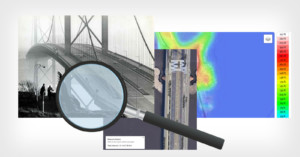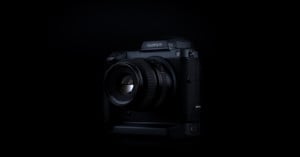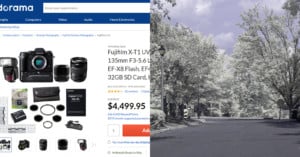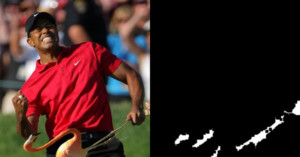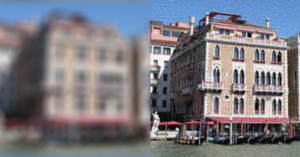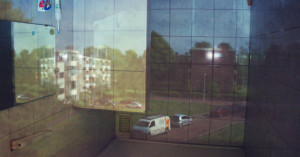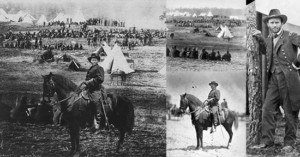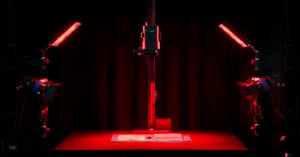
Phase One’s New 150MP Multispectral Camera Simplifies Art Conservation
Phase One has optimized the world's first fully automated multispectral imaging solution, which will make it faster and easier for art conservation, forensics, and science professionals to examine delicate subjects.
